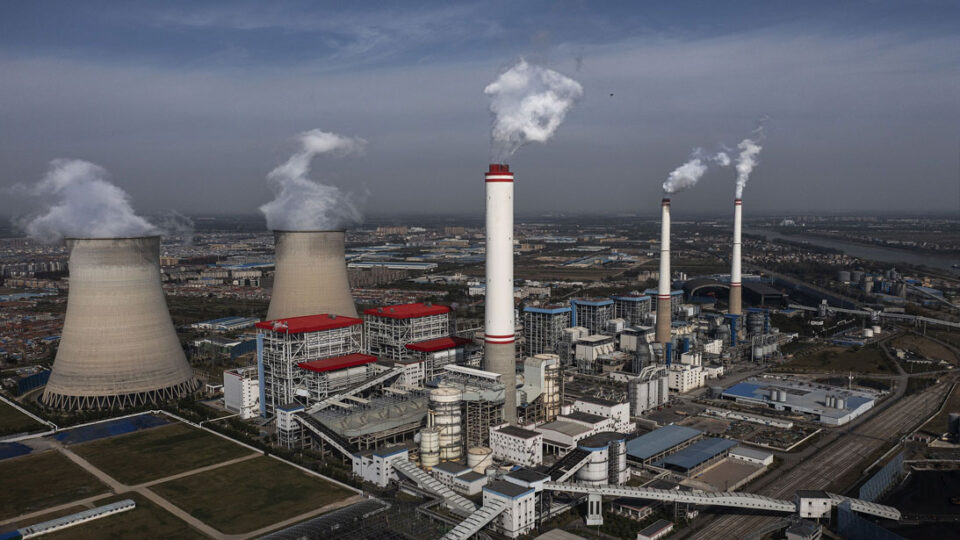Sindh Conference Highlights Urgent Need to Tackle Climate Change and Coal Emissions
In Karachi, the chief meteorologist emphasized the crucial need to strengthen both mitigation and adaptation efforts as climate patterns shift. Speaking at a climate and disaster resilience conference organized by CESVI Pakistan, in collaboration with FRDP, PDMA Sindh, and Welthungerhilfe, he warned that local coal-based power plants are major contributors to extreme weather events.
📍 Coal Power and Climate Extremes
Chief Meteorologist Ameer Hyder Laghari highlighted that while coal projects—like the one in Tharparkar—may boost economic growth, they carry a steep environmental cost. The CO₂ emissions from these plants are expected to increase the frequency and intensity of heatwaves, floods, and flash floods, particularly in central Sindh, including Karachi, Mithi, and Nagarparkar.
He shared alarming data: under a high-emissions scenario, heatwave days in the region could increase by 54 days, with coastal areas potentially facing even more due to CO₂ saturation in the sea and monsoon winds. He also warned of more intense but shorter bursts of rain, which may lead to stronger floods.
🌱 Climate-Smart Agriculture Stepping Forward
A key highlight of the event was the release of a study on climate-smart agriculture in vulnerable districts of Sindh. Presented by leading academics, the research showcased how adopting sustainable farming and disaster risk protocols could improve food security and rural livelihoods.
🔍 Multi-Stakeholder Collaboration
The conference, attended by officials from government, academia, NGOs, UN bodies, and the development sector, featured technical sessions on regional climate risks: rising temperatures, drought, water scarcity, and erratic rainfall.
-
Aisha Jamshed of Welthungerhilfe called on stakeholders to “institutionalize climate-smart agriculture” as a pillar of sustainable development.
-
Shayan Shah, PDMA Sindh’s Director of Operations, reaffirmed the government’s commitment to using data-driven, community-rooted strategies for long-term resilience.
📣 Looking Ahead
Speakers emphasized investing in climate-smart tools—such as advanced water management, drought-resistant crops, and soil health monitoring—and scaling successful pilots across districts. The event concluded with a coalition-driven pledge to embed climate-smart practices into development planning and keep vulnerable communities at the core of adaptation efforts.

